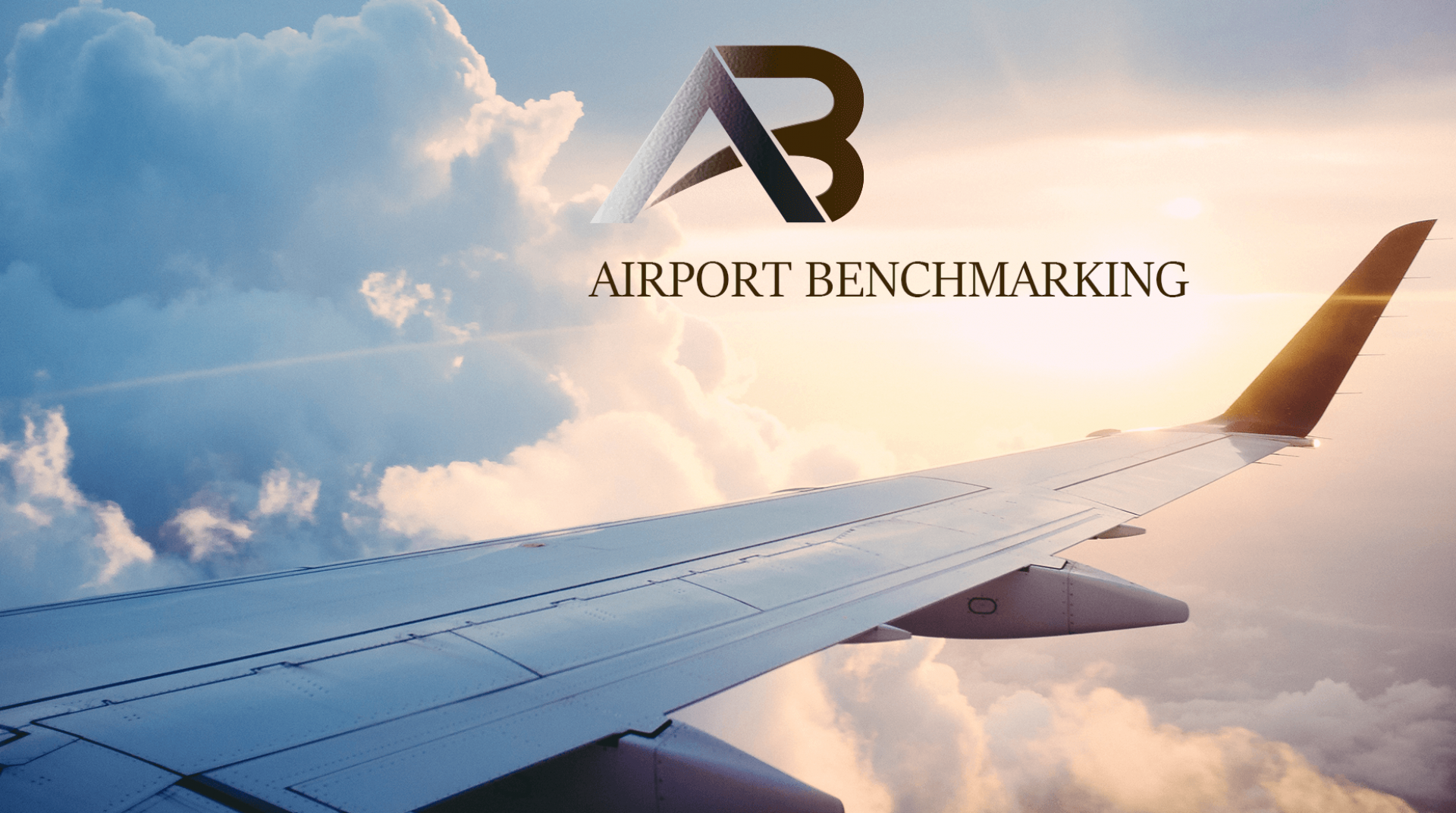I don’t want to be a faceless airline passenger

Digital transformation is changing the passenger experience, streamlining the whole process from ticket purchase and check-in to in-flight entertainment and arrivals. But in rolling out this new technology, airlines must not anonymize the passenger.
Whether for business or leisure, we remember airlines that give us personalized service and a smooth journey, and will choose to travel with them again and again.
I remember a business journey from Atlanta to Singapore that involved two overnight flights and connected in Paris. When I boarded the Air France flight from Paris, I was greeted by the cabin crew with: “Welcome Ms Lurquin, we know you have had a very long flight and we will take care of you.” I had not made any requests and didn’t get anything different on the flight, but I was touched by their comment. They empathized with my long journey and made me feel special. It was a great example of how the human touch can cement customer loyalty, and mainly because of this experience I fly Air France when I can.
Digital technologies promise many benefits, but they aren’t about technology for technology’s sake. Airlines need to carefully identify the needs of the traveler, how their requirements will evolve and what is required to turn them into a loyal customer. The ideal outcome is that their customers become de facto ambassadors for the airline, passing on their positive experiences to friends, family and business colleagues.
Enhancing the passenger experience
Passengers need to be at the heart of digital transformation in the air travel industry. The passenger experience isn’t just about systemizing the various steps in a journey. Although I understand these are necessary to increase productivity, optimize efficiencies and reduce costs, delivering the human touch needs to be just as important for airlines.
The customer experience provided by technology doesn’t, for me, create the same strong emotion as having a positive human interaction, such as the one I had with the cabin crew on Air France. There is no escaping that customer experience is about emotions – and in this case how I feel as I take my journey.
While travelers used to have very strong loyalties to individual carriers, they now often see their services as virtually identical, leaving them to compete on price. Digitization, however, will enable them to compete on a new level, if they preserve the human touch, which I believe will be the key to success.
Benefits of digitization
Digital transformation will enable airlines to better engage with their customers, while helping to drive strategic decision making and improve operating margins.
Time saving is a key part of improving the passenger experience, from quickly and easily booking a ticket online to automated check in and luggage drop. Others include in-flight entertainment and communications.
Alaska Airlines, for example, has just announced that passengers can use iMessage, WhatsApp and Facebook Messenger to send greetings from 35,000 feet – for free. It is also set to offer complimentary streaming entertainment on passengers’ own devices. Lufthansa is testing Lufthansa FlyNet internet access on some of its aircraft as many other companies do. Passengers who fly on these aircraft will be offered free internet use during this test phase.
Bluetooth enabled beacon technology will undoubtedly become an increasingly important tool for both passengers and airports, by helping people get through crucial parts of their journey on time and providing them with real-time updates.
American Airlines uses beacon technology to provide the human touch for members of its frequent flyer Admiral Club members. Nearby beacons will signal the app to ask the passenger if they plan to enter the lounge. If they say yes, lounge attendants will be alerted. They will be able to see a photograph of the passenger and their flight details so that they can greet them personally and provide relevant flight updates.
Although digital technology has improved the passenger journey, baggage claim is still the most frustrating for me. Will my bag be there on the carousel, or won’t it? It seems I am not alone. According to the SITA Airport Trends 2016 report commissioned by the Airports Council International (ACI), baggage collection came top of the list of mobile apps passengers would regularly use if available. This touchpoint would benefit from further digitization and change is on the way. Delta Airlines, for example, is using Radio Frequency Identification (RFID) baggage tracking for real-time luggage tracking.
Travel reimagined
As a frequent traveler, I am of course looking for my journey to be simplified and travel quicker. But I would like the airline not to forget that I am a person, an individual. Technology should be an enabler. I don’t want digitization to turn me into an anonymous traveler.
Airlines that can master the humanization of technology and create the human touch will be the ones that exceed customer expectations and build brand loyalty – and will be the ones that I will be looking to book with. The SITA Airport IT Trends Survey 2016 commissioned by the Airports Council International (ACI)
source : https://tinyurl.com/hwaqge4

